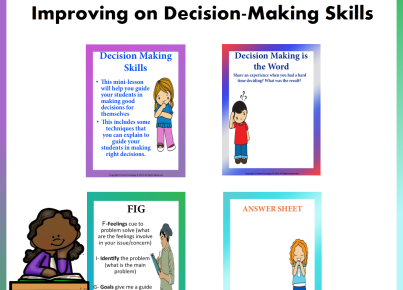Transitioning between grade levels as an educator can be a daunting experience. Although it may feel overwhelming at times, there are strategies educators can use to ensure a smooth and successful transition. In this article, we will explore ways to change grade levels without losing your mind.
1. Embrace change and keep a positive mindset: The first step in any significant life change is to maintain a positive attitude and remind yourself that growth comes from stepping out of your comfort zone. Keep an open mind and approach this new chapter with excitement.
2. Prepare early: As the saying goes, “fail to plan, plan to fail.” Start gathering necessary resources, such as textbooks, curriculum guides, and lesson plans well before the school year begins. Familiarize yourself with the academic expectations and standards required at the new grade level.
3. Reach out for support: Don’t hesitate to connect with colleagues who have experience in the grade level you are moving to. They can provide valuable insights, tips, and advice on how to navigate this transition successfully. Join online forums or social media groups specifically for educators of that grade level for additional support and resources.
4. Attend professional development opportunities: This is an excellent time to seek workshops or conferences on strategies related to teaching at your new grade level. Doing so can increase your understanding of the age group and provide you with specific teaching methodologies suited for their needs.
5. Observe experienced teachers: Ask if you can observe a few classes taught by experienced teachers at your new grade level. This will give you an idea of what effective instruction looks like in that setting and help you identify teaching techniques that resonate with you.
6. Establish routines early: One key component of a successful classroom is having consistent routines in place. Establishing new routines for yourself and students will help create a sense of stability during this transition period.
7. Be flexible: Recognize that students and expectations will differ in your new grade level. Be willing to adapt and refine your existing teaching strategies to best suit the age group you are working with.
8. Reflect on your experiences: Continually refine your practices by regularly reflecting on your teaching experiences – both successes and challenges. This ongoing practice will help you grow as an educator in your new role.
9. Stay organized: Keeping an organized workspace and consistently updating your lesson plans, assessments, and graded work will make it easier for you to adjust to the changes in curriculum and student needs.
10. Don’t be too hard on yourself: Remember that change is challenging, and there may be bumps along the way. Give yourself grace as you navigate this transition and acknowledge the progress you make throughout the process.
In conclusion, changing grade levels can be a challenging yet rewarding experience. By implementing these tips, you can make the process smoother, stay focused on your students’ needs, and ultimately excel in your new role as an educator at a different grade level.





